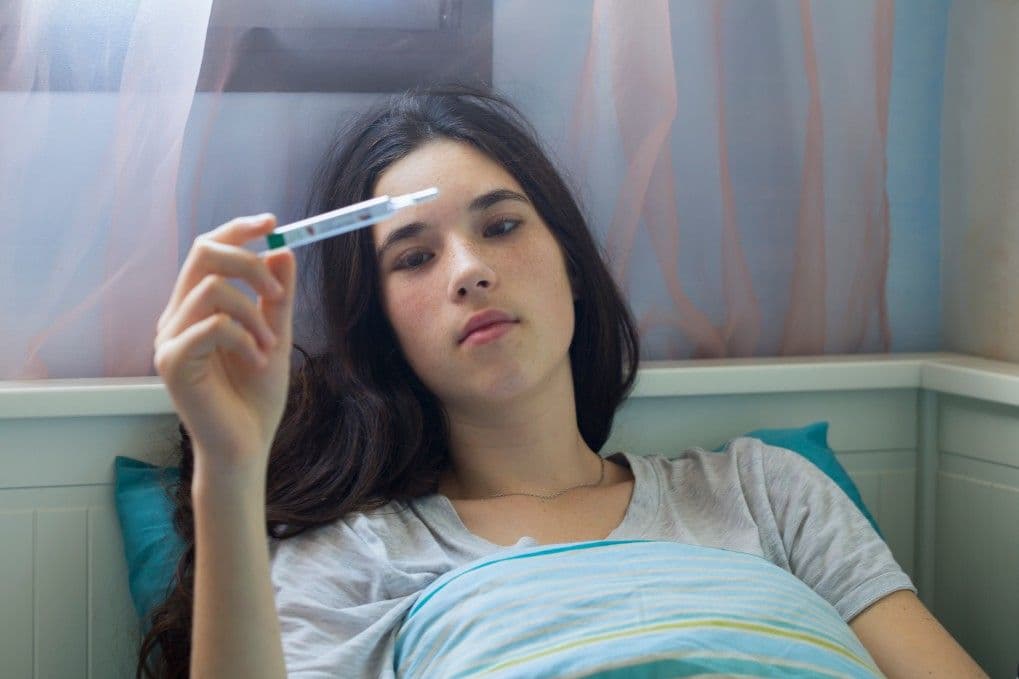Environmental Factors and Fertility: Protecting Your Reproductive Health
Obie Editorial Team

When planning for pregnancy, environmental factors are often overlooked, yet they can have a profound impact on fertility. Exposure to pollutants, chemicals, and toxins can impair both male and female reproductive health, affecting sperm and egg quality, hormonal balance, and overall fertility outcomes. Understanding these risks and taking steps to minimize exposure can improve your chances of conception and ensure a healthier pregnancy.
How Environmental Factors Impact Fertility
Research shows that environmental pollutants play a significant role in fertility outcomes. According to Jurewicz, Radwan, Sobala, and Hanke (2009), exposure to environmental toxins can impair semen quality, disrupt hormonal balance, and reduce egg viability. These effects are often gradual and may go unnoticed until individuals experience fertility struggles.
Key environmental risks include:
1. Air Pollution:
- Fine particulate matter (PM2.5) and nitrogen dioxide (NO2) have been linked to lower sperm count, reduced sperm motility, and increased sperm DNA damage.
- Studies have also found that exposure to air pollution may increase the risk of miscarriage and preterm birth.
2. Endocrine Disruptors:
- Chemicals like bisphenol A (BPA), phthalates, and parabens can mimic hormones in the body, disrupting the reproductive system.
- These substances are often found in plastics, food packaging, and personal care products.
3. Heavy Metals:
- Lead, mercury, and cadmium have been linked to reduced fertility and poor sperm quality.
- Contaminated water supplies and some seafood may pose risks for heavy metal exposure.
4. Pesticides and Herbicides:
- Prolonged exposure to agricultural chemicals can interfere with ovulation and reduce sperm count.
- People living or working in areas with heavy pesticide use may be more vulnerable.
The Science Behind the Risk
The research by Jurewicz et al. (2009) highlights that even low-level exposure to certain environmental toxins can compromise reproductive health. For example, chemicals like BPA can reduce egg quality, while air pollution is linked to inflammation that may impair the uterine environment. Additionally, oxidative stress caused by environmental toxins can damage sperm DNA, reducing fertility rates in men.
Practical Steps to Reduce Environmental Risks and Improve Fertility
Reducing your exposure to harmful environmental factors can positively impact fertility. Consider these actionable strategies:
1. Improve Indoor Air Quality:
- Use air purifiers with HEPA filters to reduce indoor pollutants.
- Keep windows open when possible to improve ventilation and reduce toxin buildup.
2. Limit Exposure to Plastics:
- Use glass or stainless-steel containers for food storage instead of plastic.
- Avoid microwaving food in plastic containers, as this can release harmful chemicals like BPA.
3. Choose Clean Personal Care Products:
- Opt for fragrance-free and paraben-free skincare, makeup, and hair products.
- Avoid products with phthalates or formaldehyde-releasing preservatives.
4. Be Mindful of Food Sources:
- Prioritize organic produce to reduce pesticide exposure.
- Select low-mercury seafood options, such as salmon, shrimp, and tilapia.
5. Filter Your Water:
- Invest in a high-quality water filter that removes heavy metals, chlorine, and other harmful contaminants.
6. Reduce Exposure at Work:
- If your workplace involves exposure to chemicals or heavy metals, use protective equipment and follow safety protocols.
- Wash hands frequently and change out of work clothes before returning home to avoid spreading toxins.
7. Detox Your Home Environment:
- Replace harsh cleaning products with natural alternatives like vinegar, baking soda, and essential oils.
- Choose low-VOC (volatile organic compound) paints and finishes to improve indoor air quality.
The Role of Healthcare Guidance
Discussing environmental risks with your healthcare provider can help you identify specific concerns based on your lifestyle or location. Fertility specialists may recommend testing for heavy metal exposure, hormone levels, or oxidative stress to identify and address potential environmental threats.
Final Thoughts
Environmental pollutants are often unavoidable, but taking proactive steps to reduce exposure can improve fertility and increase your chances of a healthy pregnancy. By making small changes in your home, diet, and lifestyle, you can create a cleaner, safer environment for conception and fetal development.
Reference: Jurewicz, J., Radwan, M., Sobala, W., & Hanke, W. (2009). Environmental factors and semen quality. International Journal of Occupational Medicine and Environmental Health, 22(4), 305-329.








